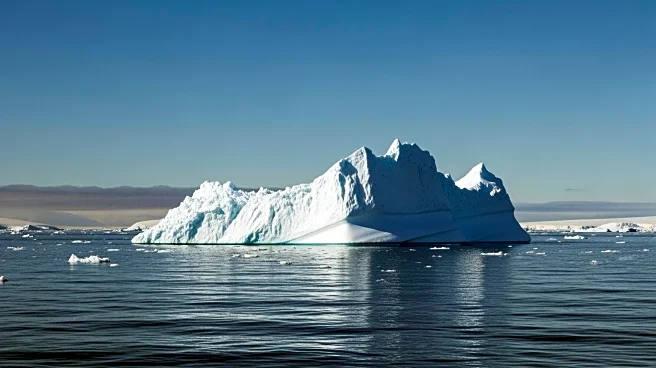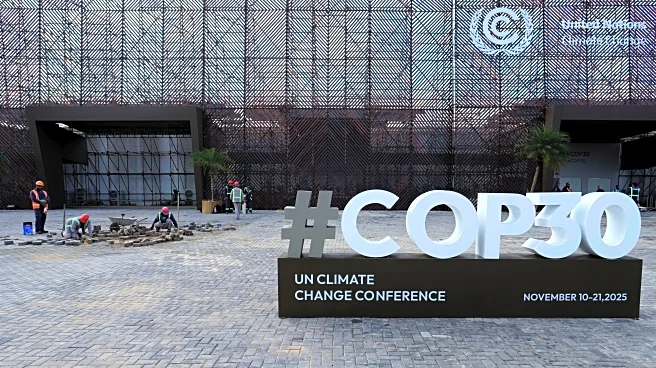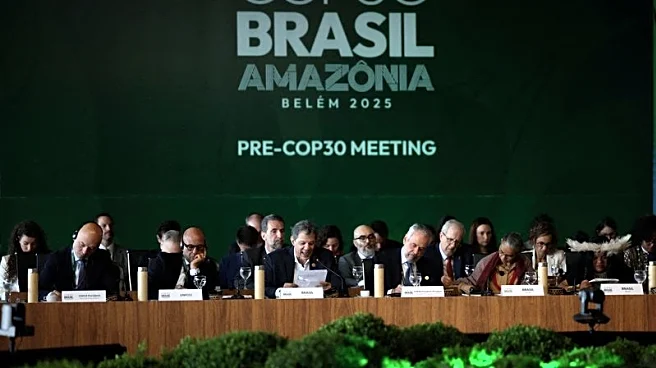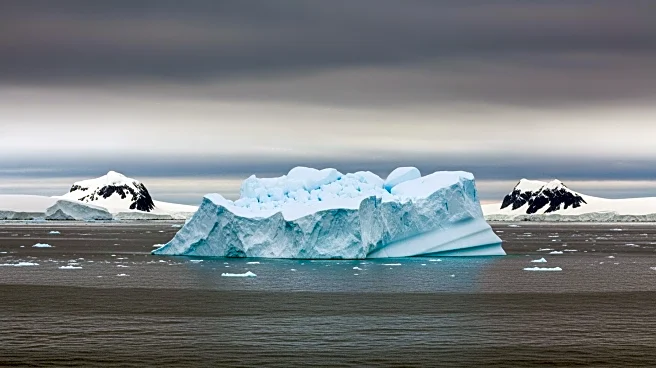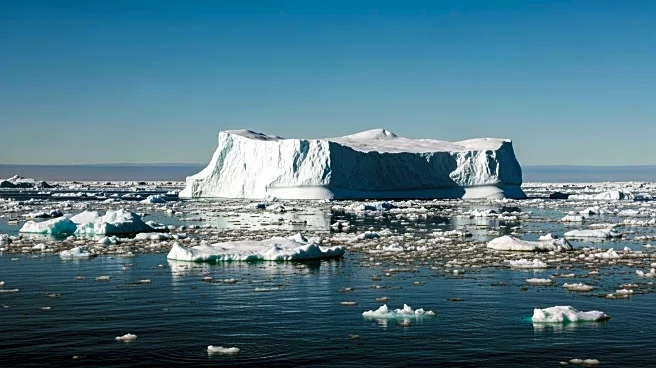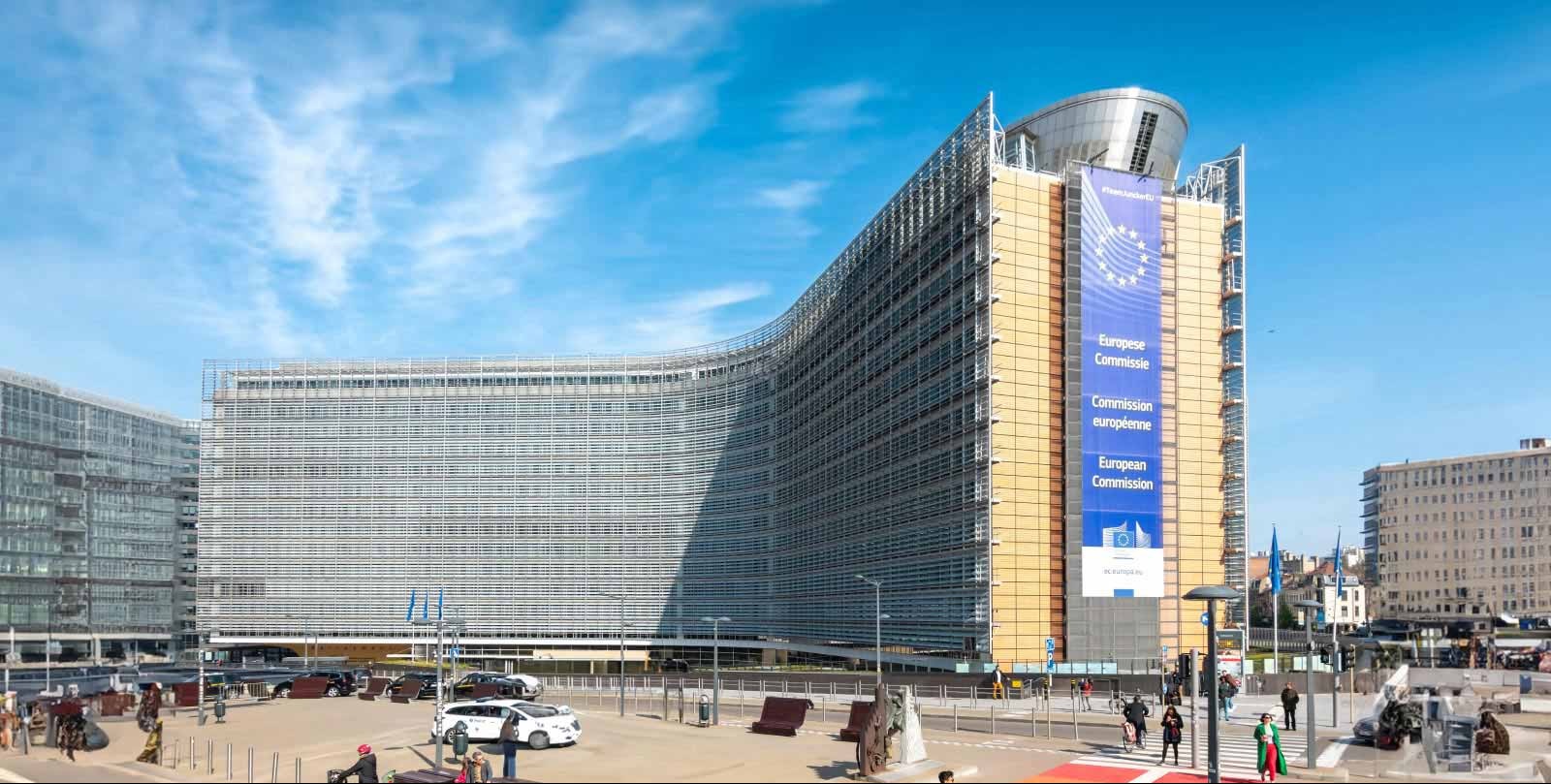What's Happening?
A new study has revealed that the Hektoria Glacier on the eastern Antarctic Peninsula is retreating at a rate 10 times faster than previously recorded. Researchers observed a five-mile retreat over two
months, a significant acceleration compared to typical rates for grounded glaciers. This rapid retreat was triggered by the calving of a large sea ice chunk, which exposed the glacier to ocean waters, leading to further calving and measurable earthquakes in the region. The study, published in Nature Geoscience, highlights the glacier's response to changes in its environment, emphasizing the need for continued monitoring.
Why It's Important?
The accelerated retreat of the Hektoria Glacier is a stark indicator of the potential impacts of climate change on Antarctic ice masses. As glaciers like Hektoria retreat, they contribute to rising sea levels, posing a threat to coastal communities worldwide. The findings underscore the importance of understanding the dynamics of Antarctic glaciers, particularly as global temperatures rise. The study also raises concerns about other unstable glaciers, such as the Thwaites and Pine Island Glaciers, which could significantly impact sea level stability if similar calving events occur.
Beyond the Headlines
The rapid retreat of the Hektoria Glacier highlights the critical need for comprehensive research on Antarctic bedrock and glacier dynamics. Understanding these processes is essential for predicting future sea level changes and developing effective climate adaptation strategies. The study also points to the broader implications of climate change on polar regions, which serve as key indicators of global environmental shifts.
